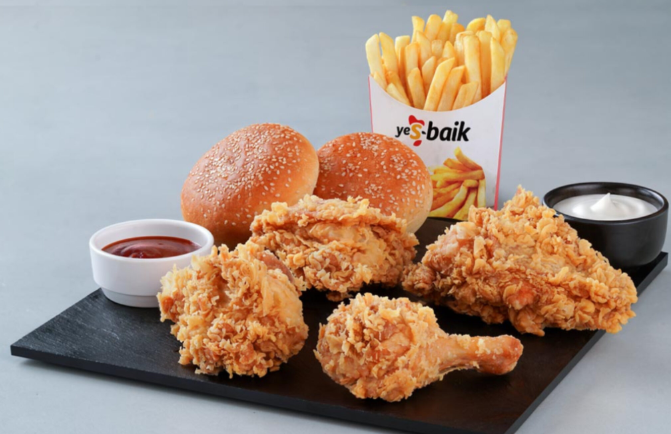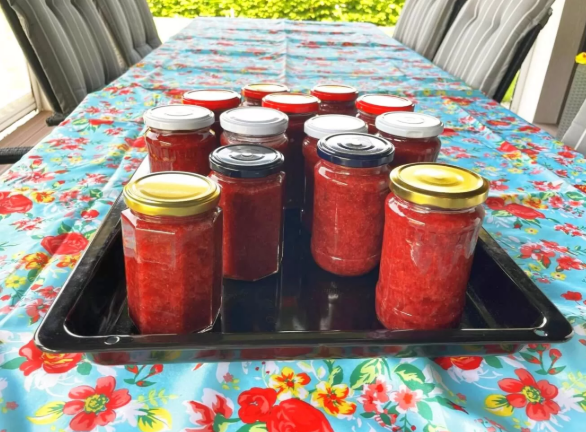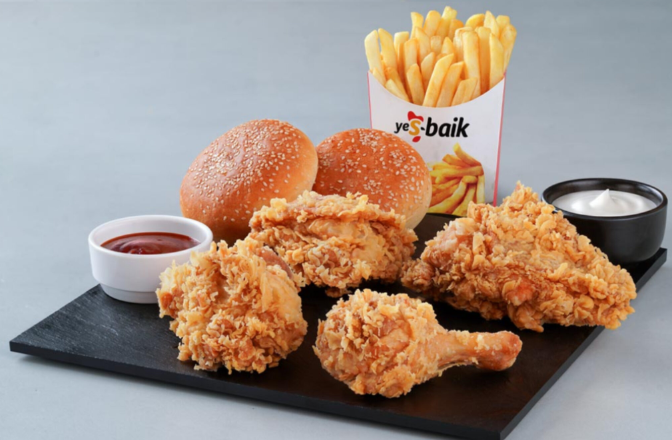Mexican cuisine is a vibrant and diverse culinary tradition that reflects the rich history and culture of Mexico. With its roots dating back to ancient civilizations like the Aztecs and Mayans, this cuisine has evolved over centuries through the influence of Spanish colonization, indigenous practices, and regional adaptations. Today, Mexican food is enjoyed all over the world, celebrated for its bold flavors, colorful presentation, and unique blend of ingredients.
At the heart of Mexican cuisine are staple ingredients such as corn, beans, chili peppers, and tomatoes. Corn, especially, is the backbone of many dishes and is used in a variety of forms including tortillas, tamales, and pozole. Chilis, which come in numerous varieties, are not just used for heat but also to impart distinct flavorsÑwhether smoky, sweet, or earthy. These foundational elements are often combined with fresh herbs like cilantro, epazote, and oregano to create deeply aromatic and flavorful meals.
Traditional dishes vary widely from region to region, offering a delightful range of flavors. In the northern regions of Mexico, beef and goat are commonly used in dishes like carne asada and birria. Meanwhile, the coastal areas rely heavily on seafood, producing specialties such as ceviche and pescado a la veracruzana. In the central and southern regions, mole saucesÑrich, complex blends of spices, nuts, seeds, and chocolateÑare a standout feature.
Midway through any exploration of Mexican cooking, one encounters the deep-rooted passion and pride locals have for their Mexican cuisine. It is more than just food; itÕs a representation of family, community, and tradition. Street food, or Òantojitos,Ó offers an especially authentic experience. Tacos, tamales, quesadillas, and elotes are not only delicious but also tell a story of the people and the land. The combination of indigenous techniques and Spanish influences can be seen in the preparation of dishes like enchiladas and chiles en nogadaÑeach crafted with care and a sense of cultural identity.
What truly sets Mexican cuisine apart is its celebration of flavor and texture. Meals often include a balance of sweet, sour, spicy, and savory notes, and it's not uncommon for crunchy and soft textures to coexist within a single dish. For instance, the humble taco might include grilled meat, crisp onions, soft tortillas, and creamy saucesÑall in one bite. This harmonious complexity is what keeps food lovers coming back for more.
In recent years, the world has embraced the best Mexican food, elevating it from humble origins to fine dining experiences. Renowned chefs have taken traditional recipes and presented them with innovative twists while staying true to the essence of the cuisine. Dishes like tacos al pastor, guacamole, and salsas have become international staples, often served in restaurants across continents. Yet, even with this global recognition, the most beloved Mexican meals are often the ones made in home kitchens with age-old recipes passed down through generations.
Another important aspect of Mexican cuisine is its role in celebrations and festivals. From the Day of the DeadÕs pan de muerto to Christmas tamales and posadas, food is central to Mexican cultural expressions. Each dish carries symbolism and reflects the spirit of the occasion, showing how food in Mexico is closely tied to emotions and shared experiences.
In conclusion, Mexican cuisine offers a flavorful journey through history, culture, and tradition. ItÕs a testament to the creativity and resilience of the Mexican people, who have turned humble ingredients into extraordinary dishes. Whether you're enjoying a simple taco on a street corner or savoring an elaborate mole at a family celebration, youÕre tasting a legacy that spans generations. And with every bite of the best Mexican food, you're connecting with a vibrant culture that continues to inspire and delight food lovers around the world.








